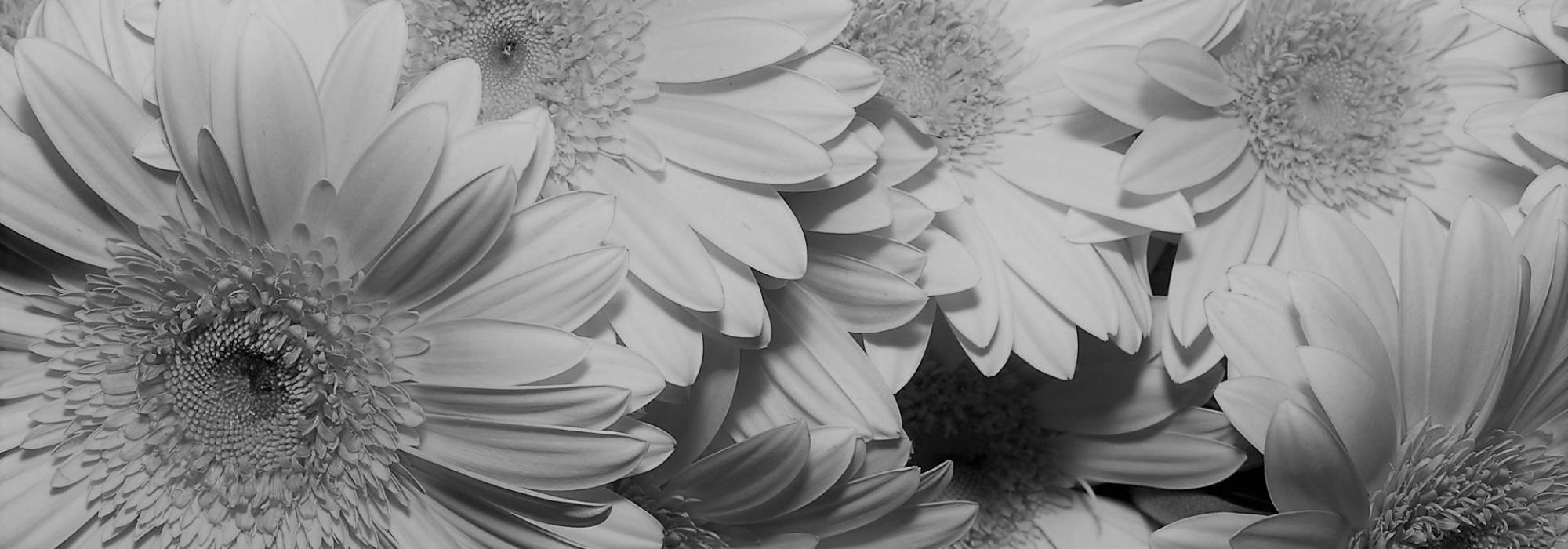The following two verses are solutions to a single challenge that posits Viṣṇu is Śiva:
कपाली च कलापी च शिरसा भाति योऽवतात्।
स देहार्धसमासक्तकेशवश्चन्द्रशेखरः॥ (Shankar Rajaraman)
May Śiva who wears a skull as his crest-jewel and Kṛṣṇa who wears peacock feather in his diadem protect us in the form of Hari-hara. In this undivided manner, Viṣṇu is indeed Candra-śekhara.
रोदसीसङ्क्रमे काले वर्धमानस्तु वामनः।
क्रमेण कमनीयोऽभूत् केशवश्चन्द्रशेखरः॥ (R. Ganesh)
When Vāmana grew exponentially and occupied the whole of earth and sky, the moon turned into his crest-jewel. Then, indeed, Viṣṇu is Candra-śekhara.
The next verse is a solution to a challenge that asserts Pārvatī bakes beef:
गौरी पचति गोमांसं गौडी पचति रोहितम्।
शाकं पचति कर्णाटी देशाधीनं हि भोजनम्॥ (Sudheer Krishnaswamy Kesari)
A white lady bakes beef; a Bengali woman cooks fish; a lady from Karnataka cooks vegetables. Food is indeed region-specific.
This is a wonderful solution in that it has cleverly taken Gaurī (Pārvatī) to mean a white woman, thus rendering the challenge redundant.
A genre of verses known as āveṣṭana-kāvya takes a line from a famous poem, adds its own lines, and creates independent verses. Jinasenācārya’s Pārśvābhyudaya is a classic example. While the common trend is to employ just a line or two from a famous poem, add three more lines, and make a verse of them, Jinasenācārya took on the ominous task of including in his work all the lines from Kālidāsa’s Meghadūta. Solutions of this type also include lines from Vedic hymns, popular examples being Tripura-sundarī-veda-pāda-stava and Śrīnivāsa-veda-pāda-stava.
As illustrations of this genre, we provide a few verses penned by the renowned Sanskrit poet of the twentieth century, Shridhar Bhaskar Varnekar. The poet eulogises Kālidāsa using his own lines, perhaps suggesting that our words are woefully inadequate to sing in praise of the maser poet!
Kālidāsa’s lines are underlined and the work from which they are taken is indicated in parentheses at the end of each verse.
“Although there are innumerable stars, night is lit up just by the moon”:
कामं कवीन्द्राः शतशोऽपि सन्तु
कविप्रसूर्भारतभूस्त्वयैव।
नक्षत्रताराग्रहसङ्कुलाऽपि
ज्योतिष्मती चन्दरमसैव रात्रिः॥[1] (Raghu-vamśa, 6.22)
There might exist countless poets in this land. But India is hailed as the home of poets just because of you. Although there are innumerable stars, night is lit up just by the moon!
“Just like day and night that revolve around mount Meru”:
स्त्रीवर्णनेषु प्रतिभाति काव्ये
पावित्र्यसौन्दर्यकलाद्वयं ते।
मेरोरुपान्तेष्विव वर्तमान-
मन्योन्यसंसक्तमहस्त्रियामम्॥[2] (Kumāra-sambhava, 7.72)
In describing the feminine, your poems employ the beauty-purity pair, which is just like the day-night couple that revolves around mount Meru.
“In the same manner as dedication reinforced by rules”:
गीर्वाणवाणीकवितातिपूता
त्वत्सम्भवं तं रघुवंशमाप्य।
विभाति नूनं कविराजिराज
श्रद्धेव साक्षाद्विधिनोपपन्ना॥[3] (Raghu-vamśa, 2.16)
O Kālidāsa, the best among poets, Sanskrit poetry is indeed sanctified by your epic Raghu-vamśa—like unwavering dedication enriched and reinforced by dictums.
“Like twilight between day and night”:
यथैव कण्वस्य तथा तवापि
शकुन्तला सा दुहिता विभाति।
राजोज्झिता चाप्सरसा गृहीता
दिनक्षपामध्यगतेव सन्ध्या॥[4] (Raghu-vamśa, 2.20)
You adopted Śakuntalā like her foster-father Kaṇva. Forsaken by the king and rescued by the nymph, she appeared like twilight between day and night.
In the following verses, a metrical phrase is posed as the challenge. This genre of challenges is mostly popular in North India. Oftentimes, such a phrase will not pose much difficulty. If the challenge is itself daunting, the poet earns renown by just composing a solution. On the other hand, if the challenge—such as these metrical phrases—are not intrinsically difficult, the poet must take on the task of composing a splendid verse.
“Sarasvatī’s grace”:
कियद्वारं क्रौञ्चा इह न निहता व्याधविशिखैः
परं काव्यं रामायणमिदमिहैकं विरचितम्।
स कालः स द्रष्टा स च हृदयवान् सा च करुणा
समेत्य द्योतन्ते यदि वलति वाणीविलसितम्॥[5] (Jagannath Pathak)
Since the dawn of this world, countless Krauñca birds have been hunted down. But the Rāmāyaṇa arose just once. The apt moment, the soulful poet and his ready compassion combine to form profound poetry only with a spurt of Sarasvatī’s grace.
“To sip ambrosia”:
न येन पठितं मुदा सुकविवाङ्मयं शोभनं
न येन शिथिलीकृतः प्रियकलत्रमानग्रहः।
न येन च निषेवितानवरतं सतां सङ्गति-
र्न तेन बत चेष्टितं करपुटेन पातुं सुधाम्॥[6] (Jagannath Pathak)
One who hasn’t dived deep into the ocean of great poetry, who hasn’t comforted his offended beloved, who hasn’t experienced the proximity of the wise, would he ever be qualified to sip ambrosia?
“Who would refuse it?”:
दुग्धं यस्यां सुरसरिदिव प्राञ्जलं राजते चे-
त्कृष्णा तृष्णातरलहृदयावर्जिका पत्रमूर्तिः।
गुप्ता काचिन्मधुरमधुरा शर्करा सा त्रिवेणी
प्राप्ता स्यात्तां भुवि सहृदयः को विहातुं समर्थः॥[7] (Rudradev Tripathi)
Milk shines like Gaṅgā, the celestial river; dark leaves appear like the alluring Yamunā; dissolved sugar is remindful of Sarasvatī, the undercurrent. Having these three, a cup of tea is indeed Triveṇī-saṅgama. Who in his right mind would refuse it?
“Moon is the moon”:
बालानां प्रियमातुलो विरहिणां जीवान्तकः पावको
राहोर्मिष्टमरिः प्रमोषणजुषामिन्दीवराणां धवः।
पाप्मा पङ्करुहां समृद्धिरुदधेश्चूडामणिर्धूर्जटे-
रस्माकं तु निरञ्जनैकमनसां चन्द्रस्तु चन्द्रायते॥[8]
He is the dear uncle of children, fire that scorches the hearts of separated lovers, Rāhu’s candy, foe of filchers, beloved of blue-lilies, nightmare of lotuses, opulence of the ocean, and the crest-jewel of Śiva. But for us who can look beyond attributes, Moon is just the Moon.
[1] Kālidāsa-rahasya, p. 32, verse #49
[2] Kālidāsa-rahasya, p. 40, verse #68
[3] Kālidāsa-rahasya, p. 34, verse #56
[4] Kālidāsa-rahasya, p. 38, verse #64
[5] Vāṇī-vilasitam (vol. 1), p. 17
[6] Vāṇī-vilasitam (vol. 1), p. 18
[7] Vāṇī-vilasitam (vol. 11), p. 14
[8] Śatāvadhāni-racanā-sañcayana, p. 269
[9] Bhoja-prabandha, verse #161
To be continued.
















































